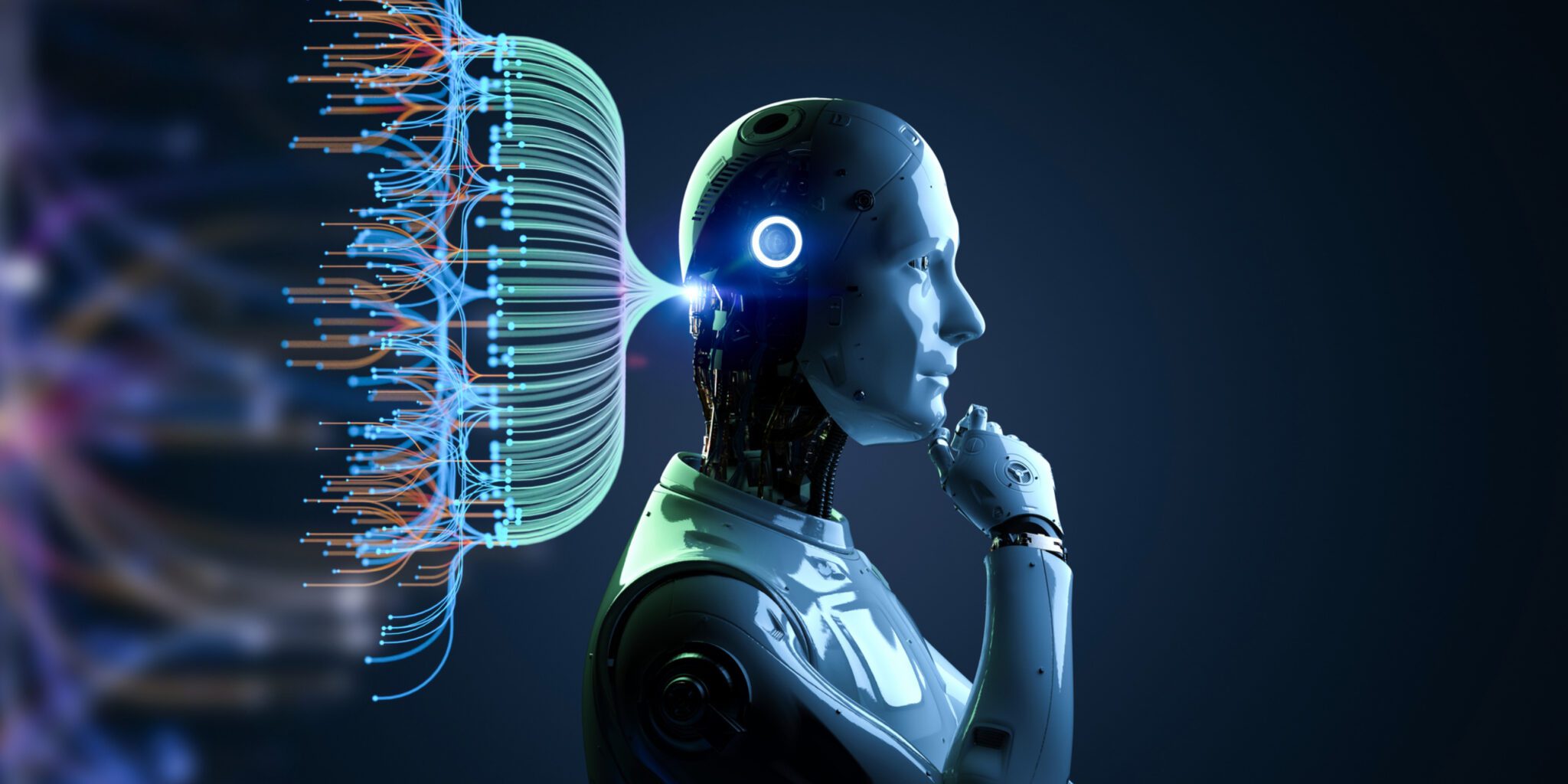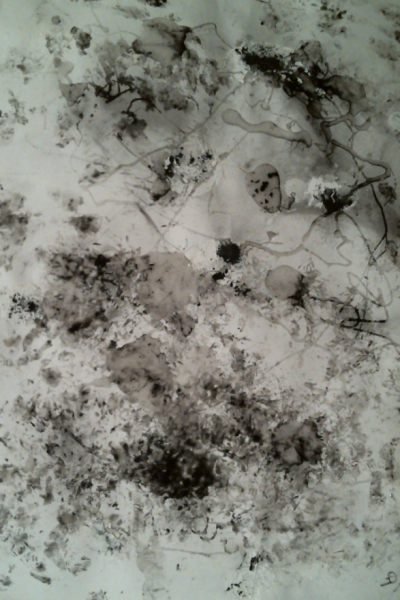Nanotechnology was a very unfamiliar field for me prior to this week, and learning through the lectures by Professor Gimzewski was incredibly insightful. I was paricularly fascinated in how this week's topic can take on many different hats as nanotechnology and societal perception interact, almost combining fantasy with scientific understanding. What stuck out to me was the development of the electron microscope, which allowed scientists to see and "feel" into a new world (Gimzewski pt2 8:01 - 8:56). '
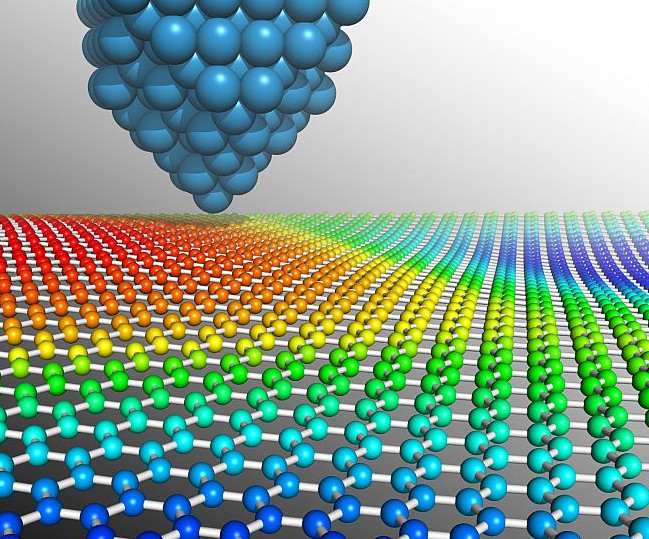 |
| Scanning Tunneling Microscope (source: https://webhome.phy.duke.edu/~hsg/264L/images/stm.jpg) |
I was also fascinated in how nanoparticles could be studied in ancient materials, a true combination of not only art and science, but also history as well (Gimzewski pt3, 1:25 - 2:52). Further emphasizing this motif of nanotechnology and art is how color can be reduced to nanosize which completely changes the way it can be perceived through quantum dots (Gimzewski pt4, 2:03- 2:39).
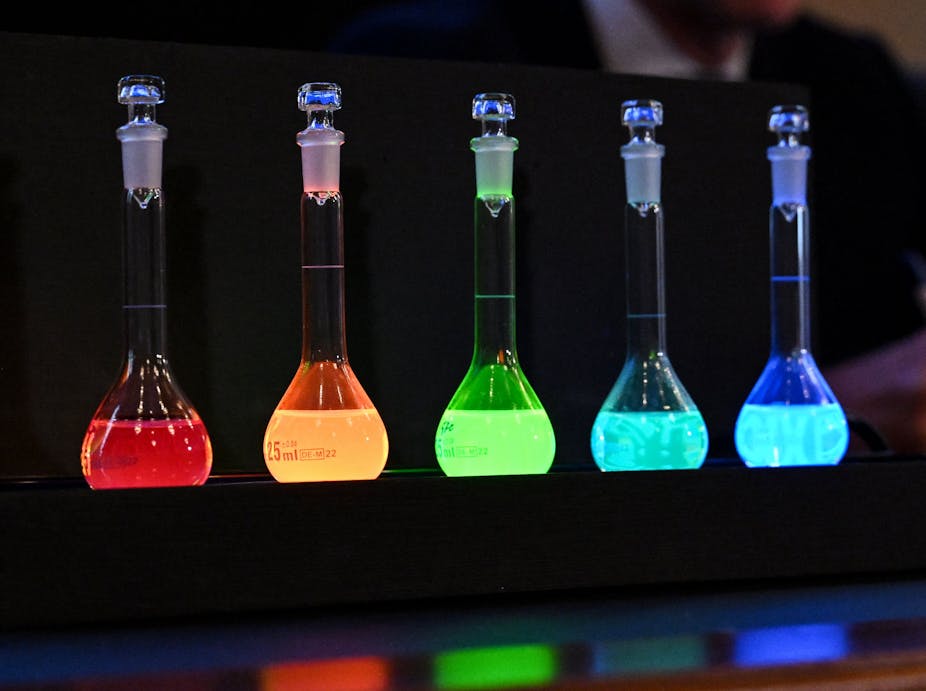 |
| Representing Quantum Dots (source: https://images.theconversation.com/files/552184/original/file-20231004-19-i1snbm.jpg?ixlib=rb-4.1.0&rect=143%2C24%2C3655%2C2727&q=45&auto=format&w=926&fit=clip) |
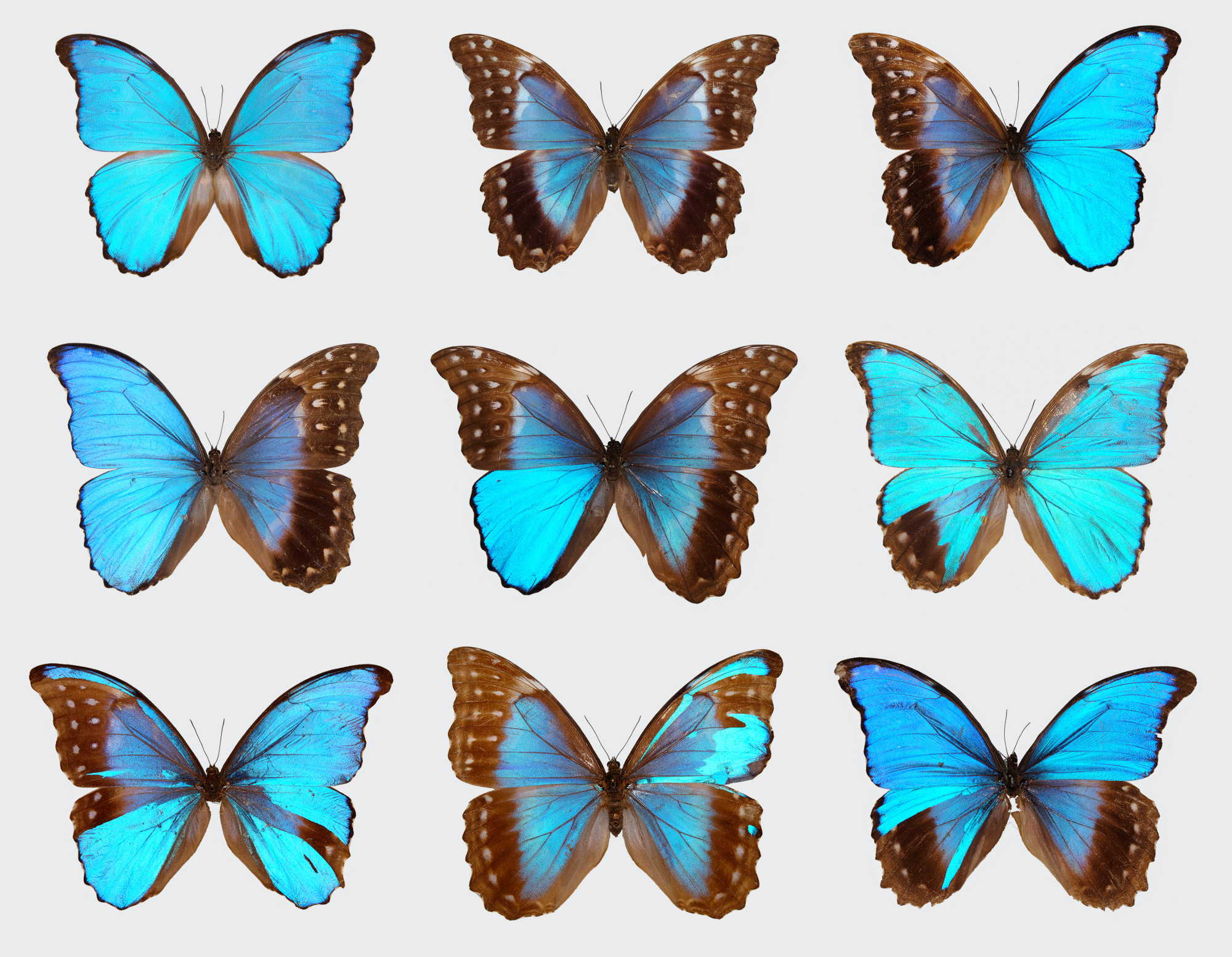 |
| Blue Morpho Butterflies, Each with Different Patterns (source: https://www.sciencefriday.com/wp-content/uploads/2015/08/Morpho-composite%E2%80%93Nipam-Patel.jpeg) |
Works Cited
Gimzewski, James. “Nanotech Jim pt2” YouTube, YouTube, 21 May 2012,
https://www.youtube.com/watch?v=HEp6t0v-v9c.
Gimzewski, James. “Nanotech Jim pt3” YouTube, YouTube, 21 May 2012,
https://www.youtube.com/watch?v=X0HCNiU_108.
Gimzewski, James. “Nanotech Jim pt4” YouTube, YouTube, 21 May 2012,
https://www.youtube.com/watch?v=yHCuZetAIhk.
Gimzewski, James. “Nanotech Jim pt5” YouTube, YouTube, 21 May 2012,
https://www.youtube.com/watch?v=4OWc8nmHJmY.
Gimzewski, James. “Nanotech Jim pt6” YouTube, YouTube, 21 May 2012,
https://www.youtube.com/watch?list=PL9DBF43664EAC8BC7&v=oKlViSKkPd0





